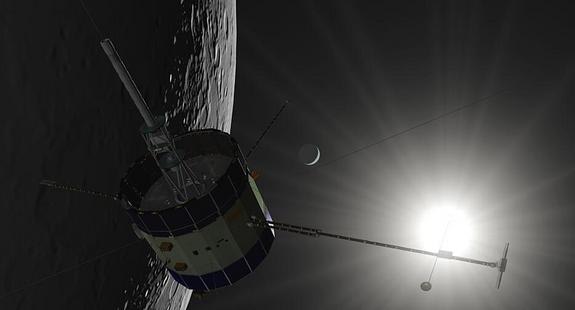NASA says discovering alien life in next 20 years is 'within reach'
As NASA prepares to launch a powerful new satellite into space, a team of experts from America’s space agency said it's increasingly likely that alien life will be discovered within 20 years.
In a posting on its site, NASA said the new research tools will show that “finding life beyond Earth is within reach.”
“I think in the next 20 years we will find out we are not alone in the universe,” NASA astronomer Kevin Hand said during a panel discussion at NASA’s headquarters in Washington, D.C.
Hand pointed to growing evidence suggesting that some form of alien life may be in our own galactic neighborhood on Europa, one of Jupiter’s moons that is home to massive amounts of water.
NASA announced that it plans to launch the Transiting Exoplanet Surveying Satellite and James Webb Space Telescope in 2017, which will work in conjunction with other existing technology to search for habitable, Earth-like planets within the Milky Way galaxy.
“Just imagine the moment, when we find potential signatures of life. Imagine the moment when the world wakes up and the human race realizes that its long loneliness in time and space may be over,” added Matt Mountain, director and Webb telescope scientist at the Space Telescope Science Institute in Baltimore, Maryland.
So, why is NASA so confident that habitable worlds and alien life exist within our own galaxy?
"Sometime in the near future, people will be able to point to a star and say, 'That star has a planet like Earth'," said Sara Seager, professor of planetary science and physics at the Massachusetts Institute of Technology in Cambridge, Massachusetts. "Astronomers think it is very likely that every single star in our Milky Way galaxy has at least one planet."
Based on those predictions, NASA believes that there could be literally 100 million planets within our own galaxy alone that could host life.
“What we didn’t know five years ago is that perhaps 10 to 20 per cent of stars around us have Earth-size planets in the habitable zone,” Mountain said during the panel discussion. “It’s within our grasp to pull off a discovery that will change the world forever.”



No comments:
Post a Comment